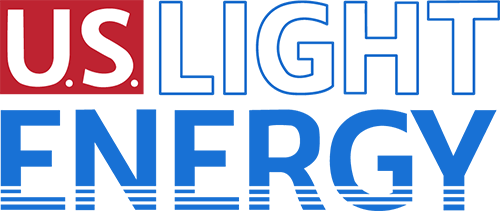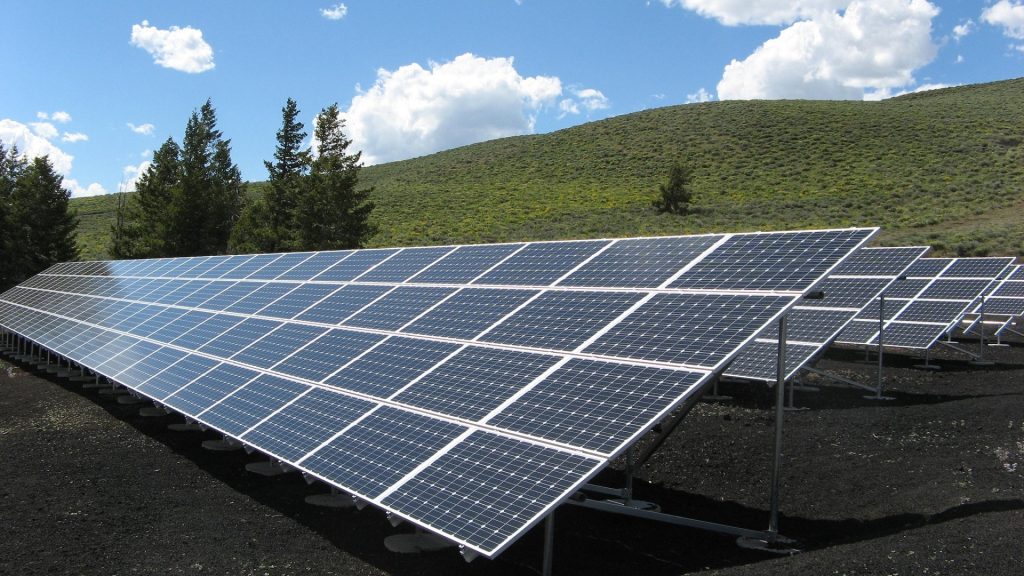


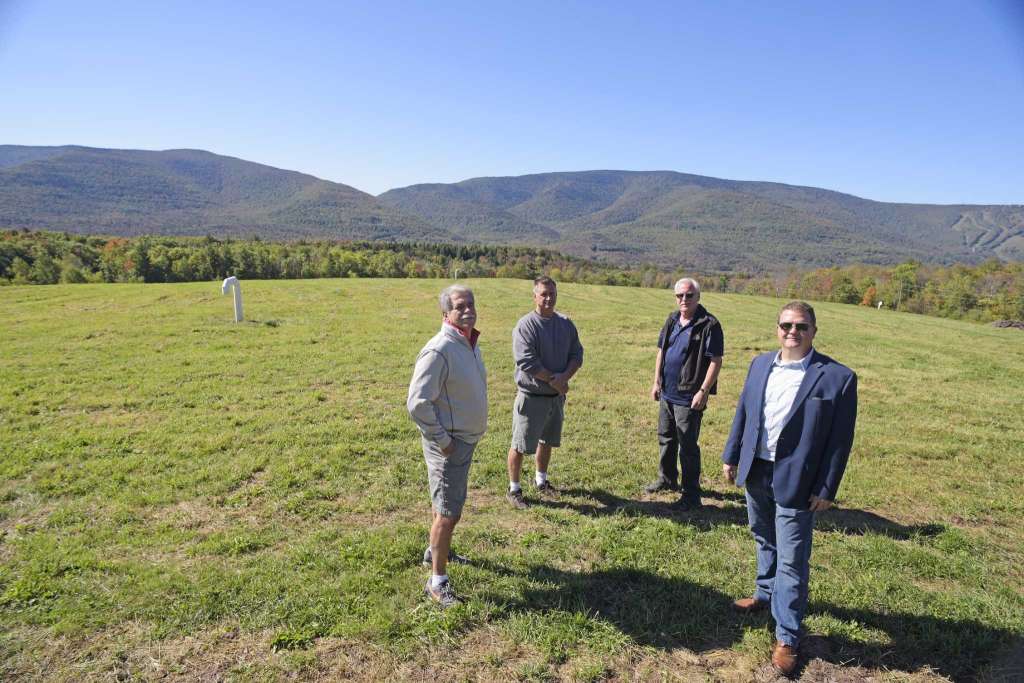
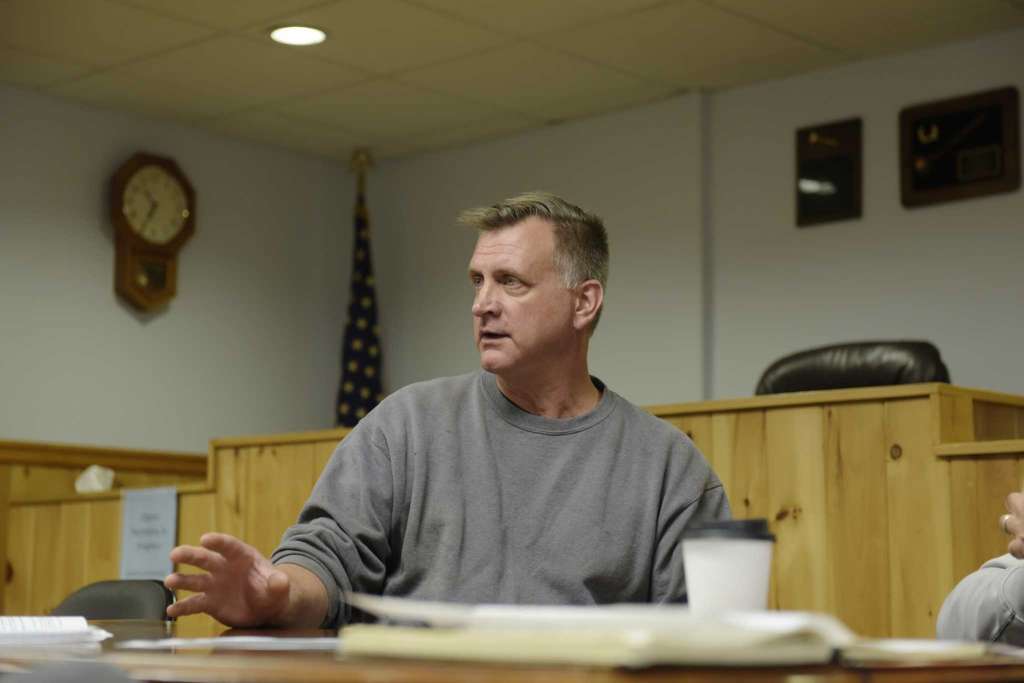

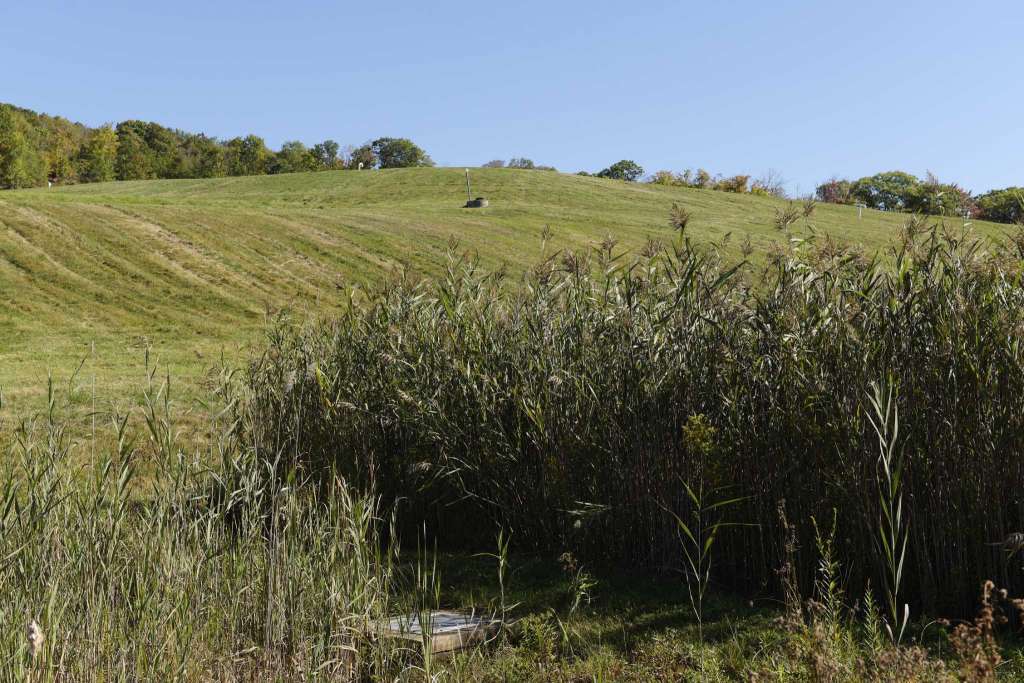
Solitude Solar rising on wave of community solar projects
By Larry Rulison Published 3:57 pm, Thursday, October 5, 2017
Photo: PAUL BUCKOWSKI, Albany Times Union
Hunter
The solar industry isn’t easy, and the owners of US Light Energy aren’t ones to back down from even the most difficult challenges.
After filing for Chapter 11 bankruptcy protection several years ago to restructure its finances, the US Light Energy name is gone, and a new company, Solitude Solar, has been created.
Solitude Solar is a solar farm development firm run by Mark Richardson, a longtime US Light Energy executive who has decades of experience in the energy field.
A separate company, Light Energy Asset Management, has been created to manage US Light Energy’s past solar installation projects totaling 18 megawatts of solar power at 180 customer sites.
The two new companies currently have 11 employees between them.
Solitude Solar, which launched back in May, is designed to set up new solar projects across the state and elsewhere.
But now it has been acting as a developer, not an investor. Although Richardson wouldn’t say how much potential revenue the business could make, the firm will earn its money through origination fees it will charge the eventual owners for setting up the projects.
A typical 2 to 3 megawatt solar farm can cost more than $10 million to build, and Solitude Solar would stand to earn a small percentage of that potentially, similar to a real estate developer.
“My partners and myself all were with the previous company, and through that process we were able to determine what had value. And the part that we understood the best and that we do really well is project development,” Richardson said. “You can’t have a solar project without a place to put it. We understand the technical merits, we know how to navigate the utility approval process and the municipal approval process and we’ve got good engineering on staff.”
And Richardson hasn’t wasted any time growing the new company, with 75 megawatts worth of solar farm projects under contract at 15 sites, including two in the North Country and three in the Capital Region in Westerlo, Stephentown and Argyle.
Richardson says that Solitude Solar has benefited from a change in state energy policy that allows for what’s known as “community solar” — large solar farms to be utilized by governments, school districts and residents together instead of just one customer.
The latest community solar project that Richardson is working on would be located in the town of Hunter in the Catskills, at the town’s landfill.
Under the terms of the deal, the town would earn $20,000 a year leasing the land to Solitude, and the town and the school district would use about 40 percent of the output of the solar farm, offsetting their electric bills by roughly 20 percent as well.
The town council still needs to approve the project, which is going through engineering and environmental reviews.
Hunter town supervisor Daryl Legg says the town council is always looking for ways to keep town taxes in check, but with inflation, even the most fiscally conservative board has trouble doing that without getting creative.
“It’s impossible to find ways to trim it any more,” Legg said. “You have to be able to provide for your constituents. This seemed like a viable idea on how to help with the taxes. Fiscally it just makes sense to try and do these projects.”
The rest of the 2.7 megawatt solar farm, which would have 4,000 solar panels, would be allocated to residential customers in the area. A solar farm of that size could power a total of about 400 homes, depending on the formula that is used.
“We’ve got a potential buyer very interested in this project,” Richardson said on a recent visit to the Hunter landfill site.
See article on Times Union site: Solitude Solar Article – Times Union
